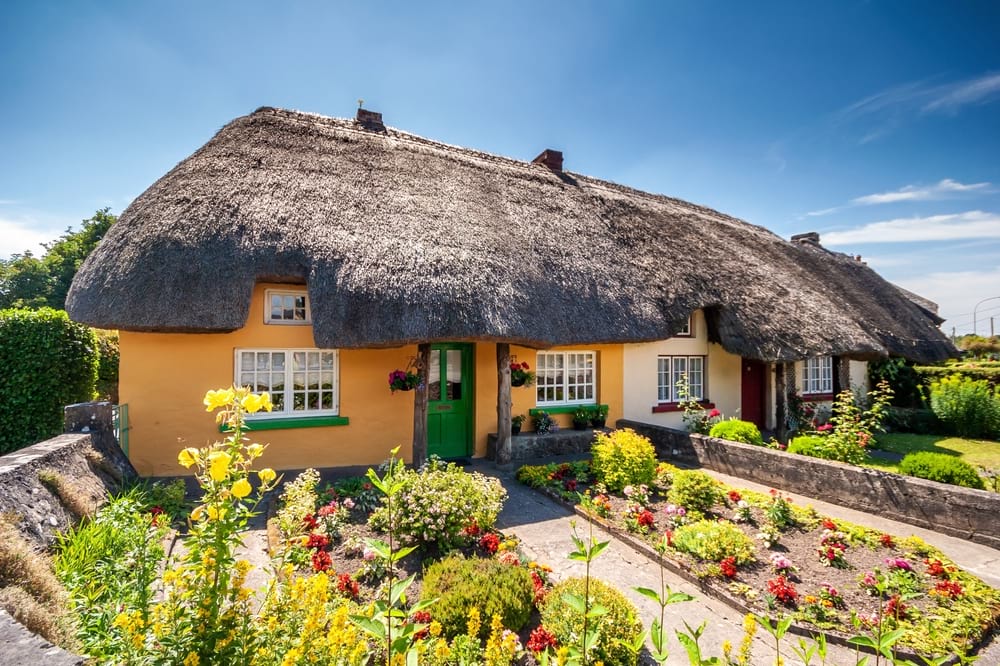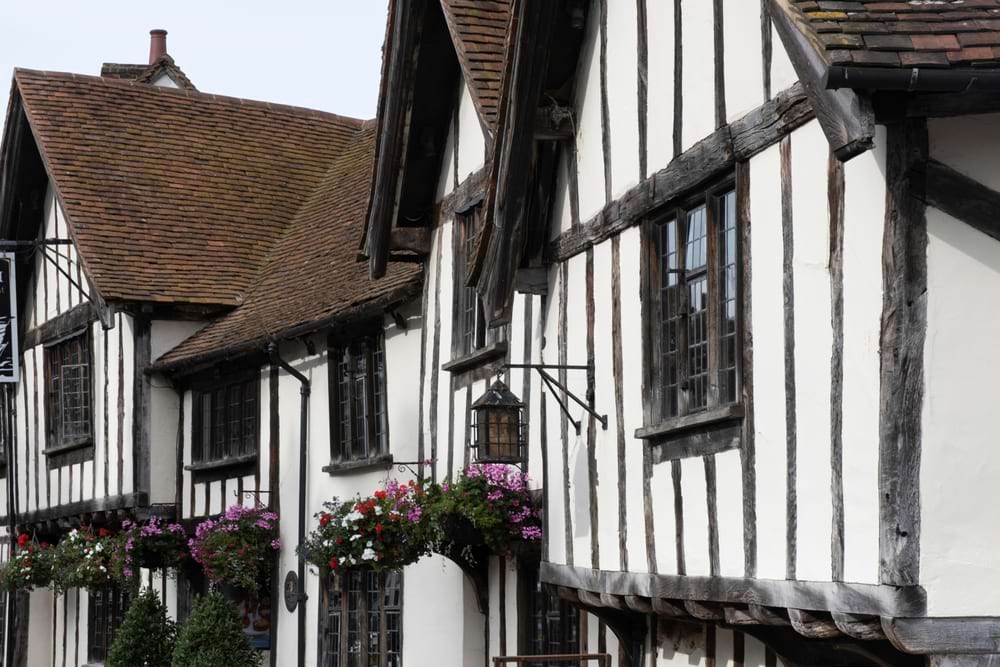The UK is full of historic buildings.
The oldest continuously inhabited home dates back to 1150 AD.
Yet historic buildings only make up a small part of homes for sale.
So, when it comes to selling historic property, certain factors should be considered.
Read on to learn about these factors and how best to handle them.

What qualifies as a historic property?
The phrase historic property usually refers to a few kinds of homes.
Firstly, it refers to properties of significant historic interest.
This includes listed buildings, which can be museums, commercial properties (including entertainment and dining venues, offices, etc.), private residences, and more.
Secondly, it can simply refer to old homes. This generally means period properties.
However, listed buildings aren’t necessarily old. For example, the UK’s first block of flats (built in 1951) is listed.
Are historic properties more valuable than regular ones?
It depends on the historic property in question.
Listed and period properties often garner a lot of attention.
But it’s challenging to affix an accurate like-for-like comparison with other properties. Currently, there are no studies providing a clear answer to this.
And when it seems like value is added to one aspect of the property, it can simultaneously be taken away in another.
For example, older timber-framed property is often seen as attractive. But potential buyers soon learn that timber frames can require expensive upkeep.
The same applies to properties with thatched roofs.
And not all historic buildings are valuable. For example, BIFS houses can be categorised as historic.
However, despite being relatively rare (they are no longer built), they are generally considered less valuable than other property types.
Tips for selling historic buildings?
Repairs and renovations
As with regular property, you should consider renovating or decorating historic property before putting it up for sale.
Understanding the return on investment (ROI) and time frame is important when considering this.
There’s no point making changes with costs higher than the value they will add. And if the changes will take more time than you have before you want to move, they should be scrapped.
With listed buildings, you are limited in what you can change. Listed status adds responsibilities to homeowners to preserve property in its present condition.
And with period properties, you are more likely to have covenants than other properties. So check these before making any changes.
Find an estate agent experienced with historic property
Selling with specialised estate agents will increase the likelihood your property is marketed well and to the right audience.
Regular estate agents may be able to help. After all, plenty of potential buyers might not have first sought out a historic building but could be shown one.
But it’s worth discussing with estate agents beforehand whether they are confident in working with you. You can also ask for evidence of historic buildings they’ve sold before.
Lead with informed marketing
Most of the time, your estate agent will manage marketing your property.
If they are a specialist in historic buildings, you are likely not to need to support them much.
Either way, you should check the photos and copywriting for mistakes, omissions, or underwhelming quality.
For example, if there were historic residents that it fails to mention, you should get this added. (Unless, of course, it’s someone infamous that will likely put off buyers.)
Many buyers drawn to historic property will be drawn to the human-interest aspect of its heritage.
Stage it in a suitable way
Staging is the preparation of property for photos or viewings.
It ranges from simple measures (cleaning, decluttering, depersonalising, etc.) to more advanced ones (furniture rental, layout changes, artwork hiring, etc.).
Staging historic buildings differs from staging modern ones.
After all, modern furniture often looks out of place in older interiors, just as older furniture looks out of place in modern interiors.
You can even consider the scent. Warmer, spicier, or woodier scents often complement the atmosphere of older buildings than the fresher, cleaner, or more citrusy ones used for modern settings.
Negotiations
Generalisations on property negotiation are difficult.
After all, each property negotiation is different. Different buyers and sellers have different priorities and personalities.
That said, negotiating historic properties is often slightly different to negotiating other types. After all, the unique selling points are different.
As with marketing, emphasise your property’s rarity, heritage, and unique value during negotiations.
Recent examples of historic property sales
Golden Hill Fort (Isle of Wight)
Golden Hill Fort is a grade-I listed hexagonal building in the Isle of Wight.
It was built in 1863 to defend against sea invasion. It was never used for this, but troops were stationed there in both world wars.
It was also used as an industrial estate before being converted into 18 houses. In April 2025, the first of these houses (a three-bedroom terrace) went up for sale, listed at £295,000.
Inside, it boasts vaulted brick ceilings and sash windows.
Broughton Hall (Gloucestershire)
Broughton Hall is a 500-year-old grade-II listed manor house with nine bedrooms, six reception rooms, and 4.6 acres of land.
Anne Cleves once lived in it, after she was granted in her divorce from Henry VIII. And the author Lewis Carroll is said to have taken inspiration from its grounds for Alice in Wonderland.
In December 2024, it was listed for £3,750,000.
Its current listing emphasises its heritage and the fact that the same family has owned it for the past 21 years.
Oliver Cromwell House (Cambridgeshire)
Oliver Cromwell House in Ely is a listed timber-framed building dating back to around 1200 AD.
Thanks to its most famous owner, the 17th century Lord Protector of Britain, it’s today a museum. It has also previously served as a pub and a vicar’s residence.
As of March 2025, it’s set to be put up for sale for £1, alongside neighbouring properties Maltings Cottage and The Maltings (also up for the same price!).
The reason for its low sales price is slightly complex.
But ultimately it comes down to its poor condition, short lease, uncertain future of the local council. And the desire to sell it to a public body that can renovate and maintain it.


















